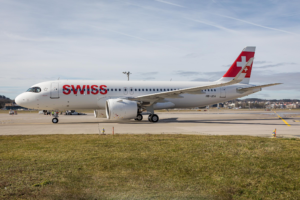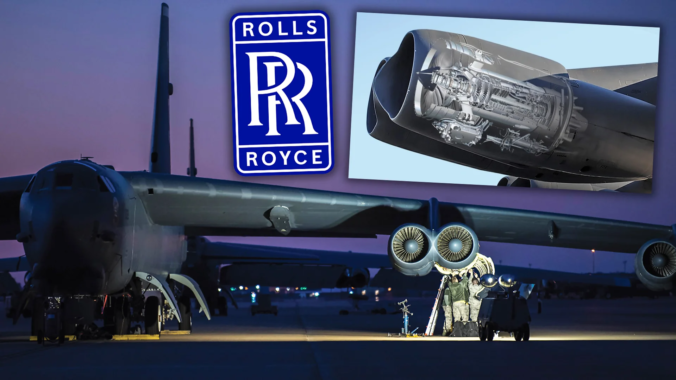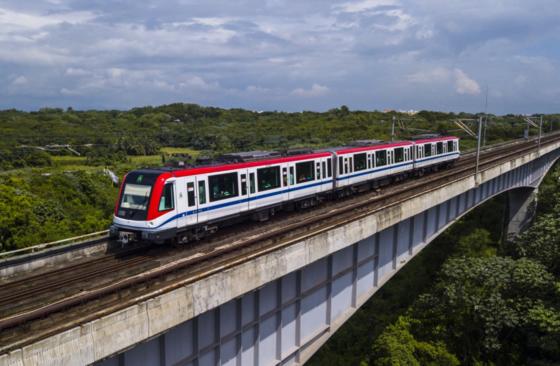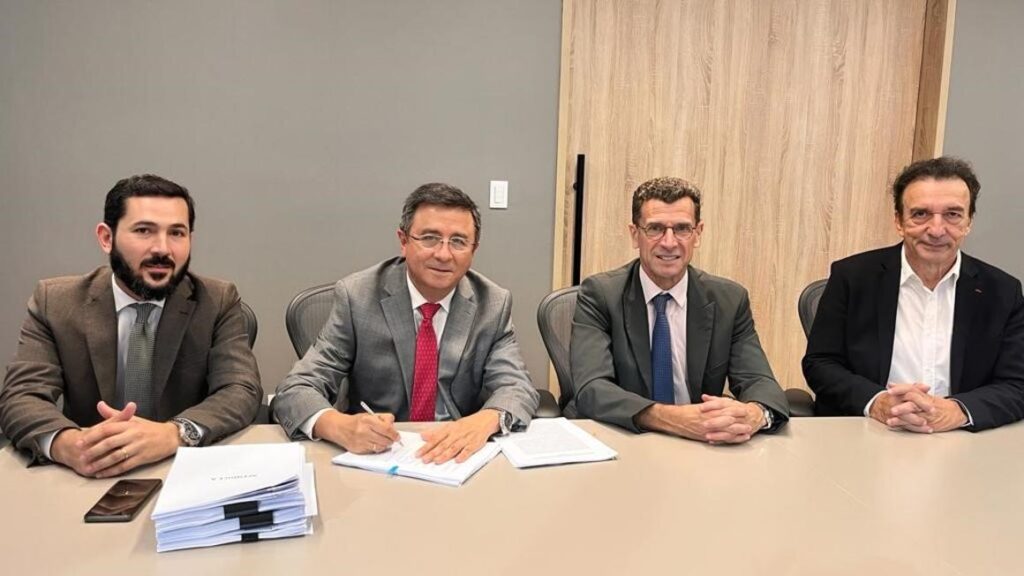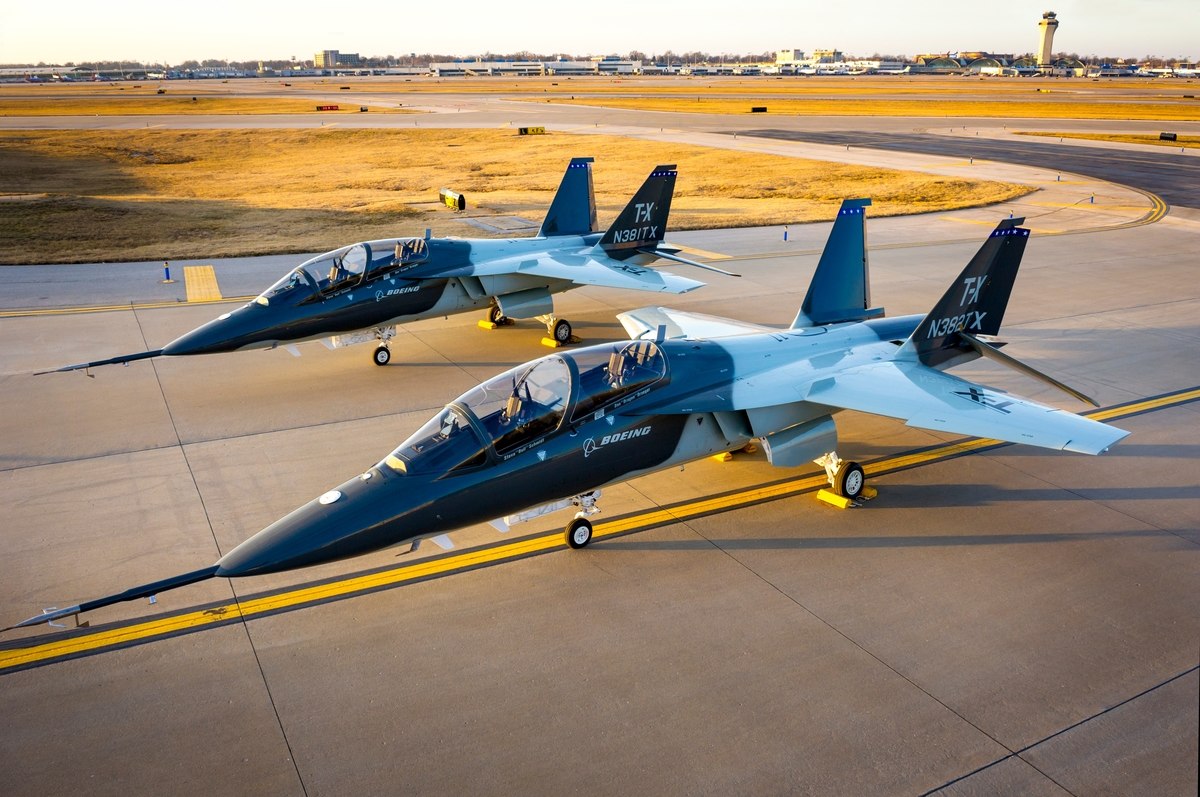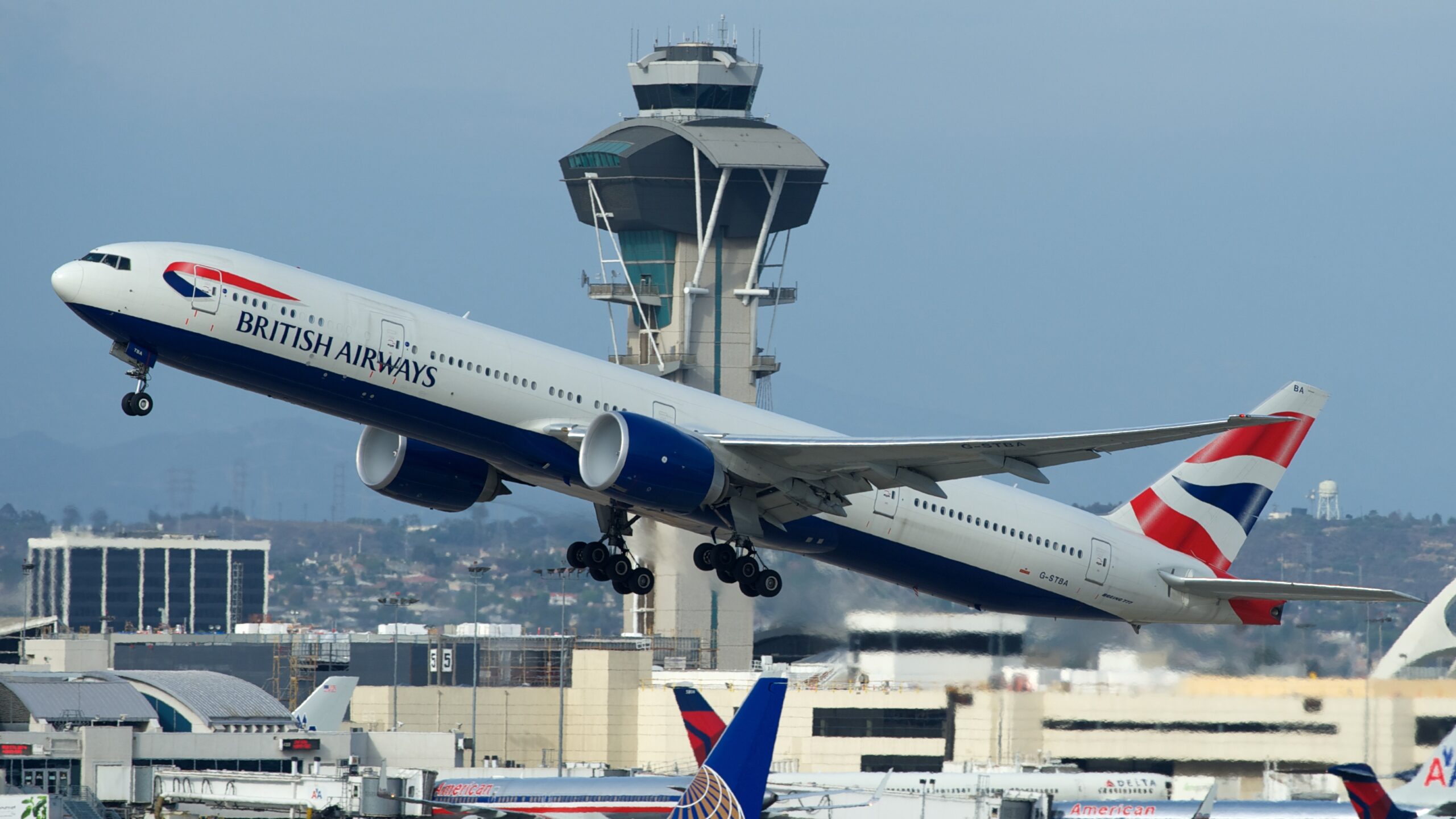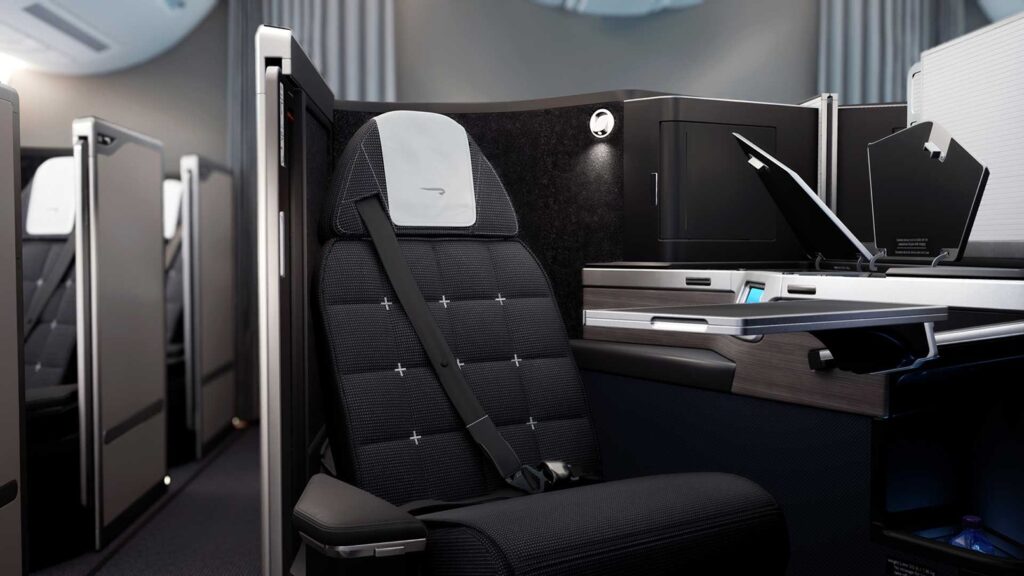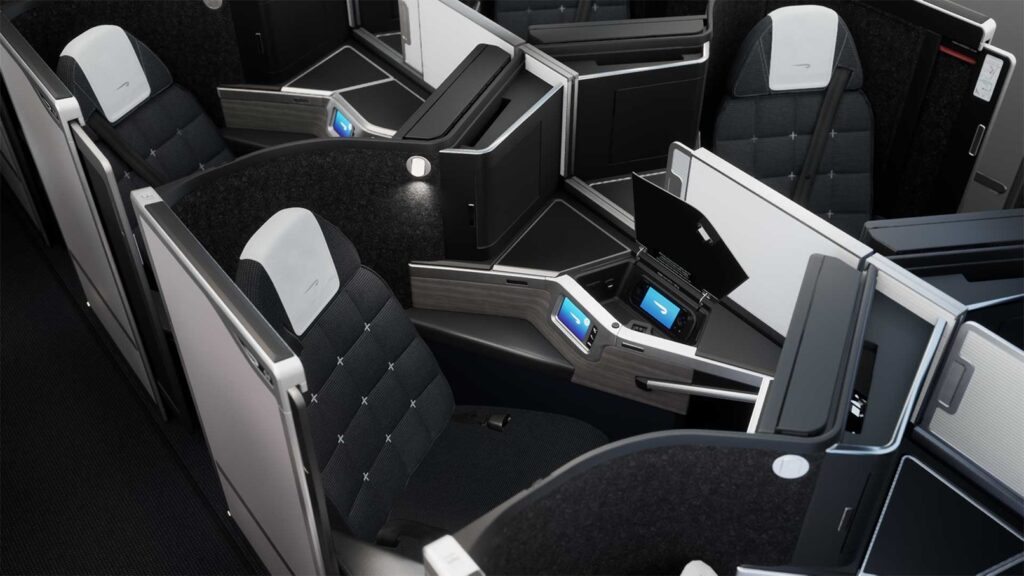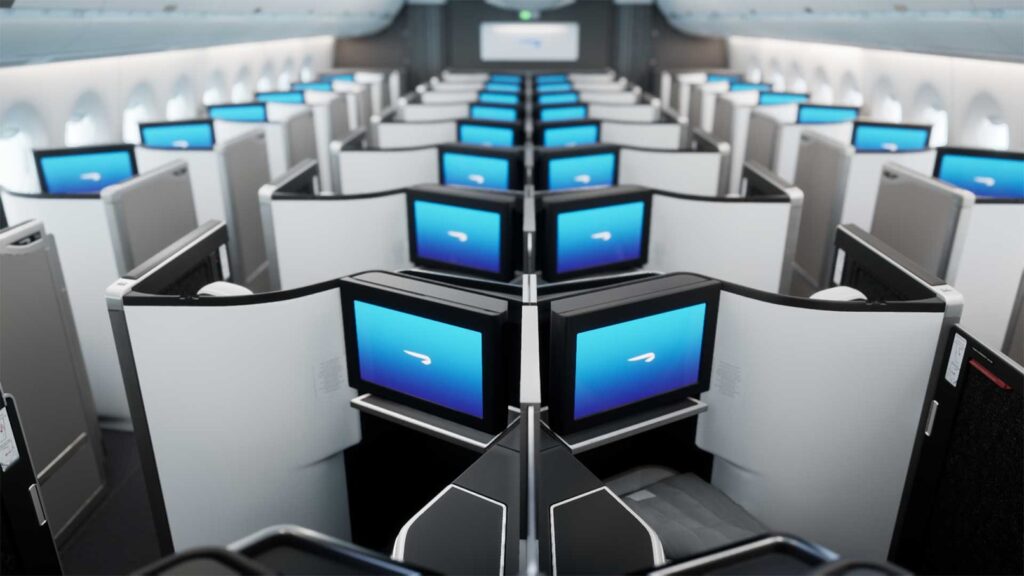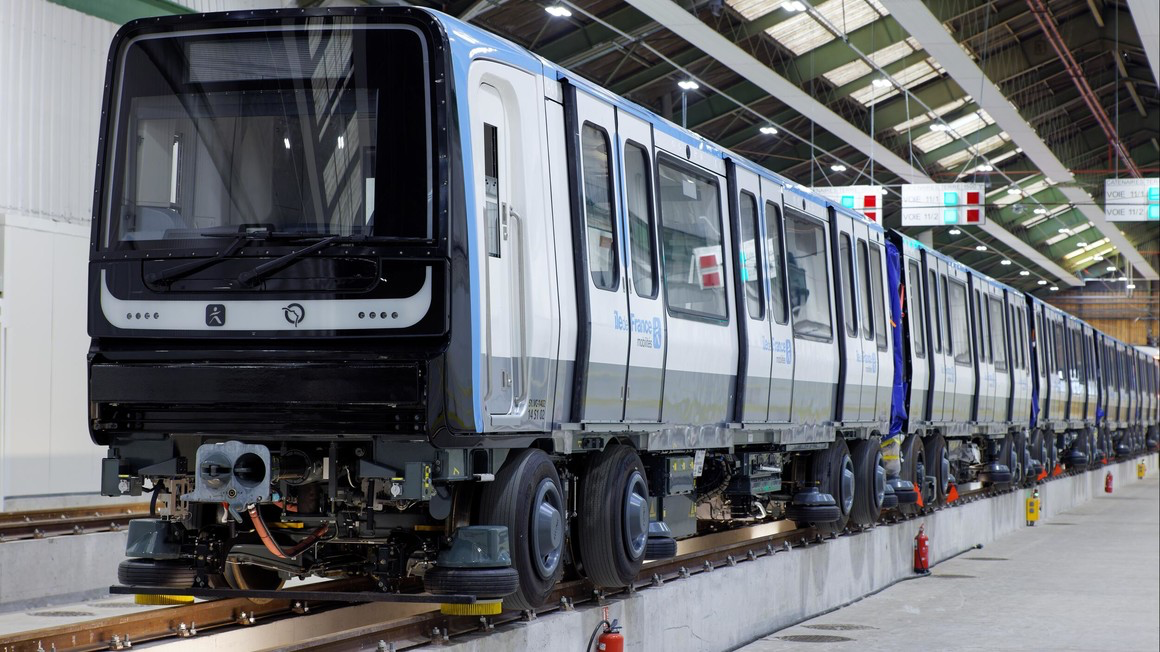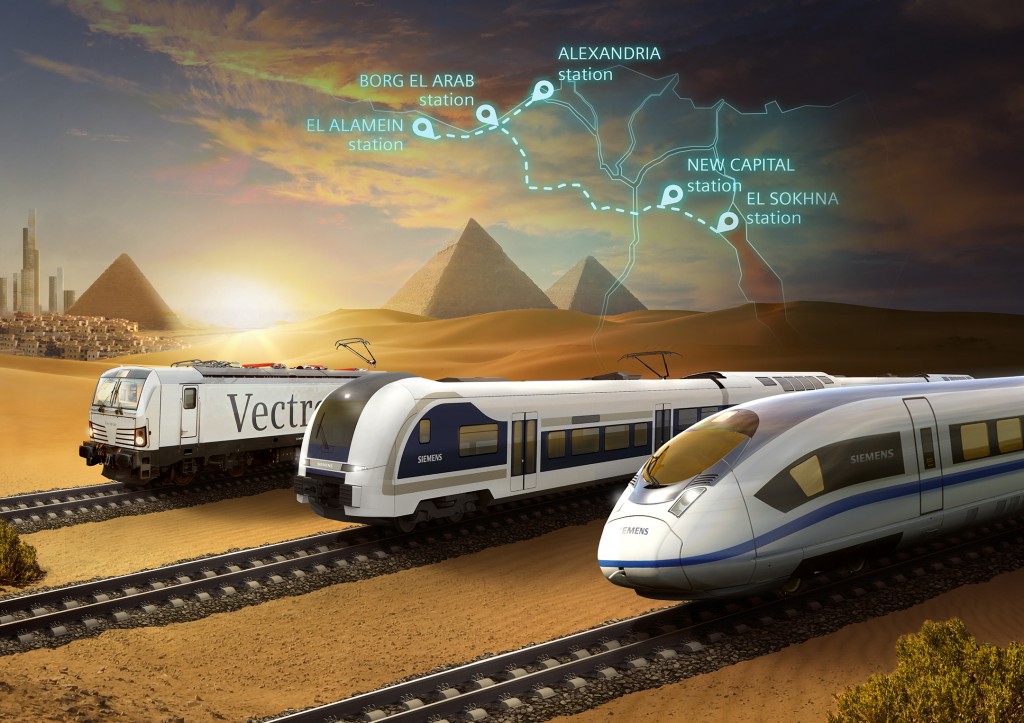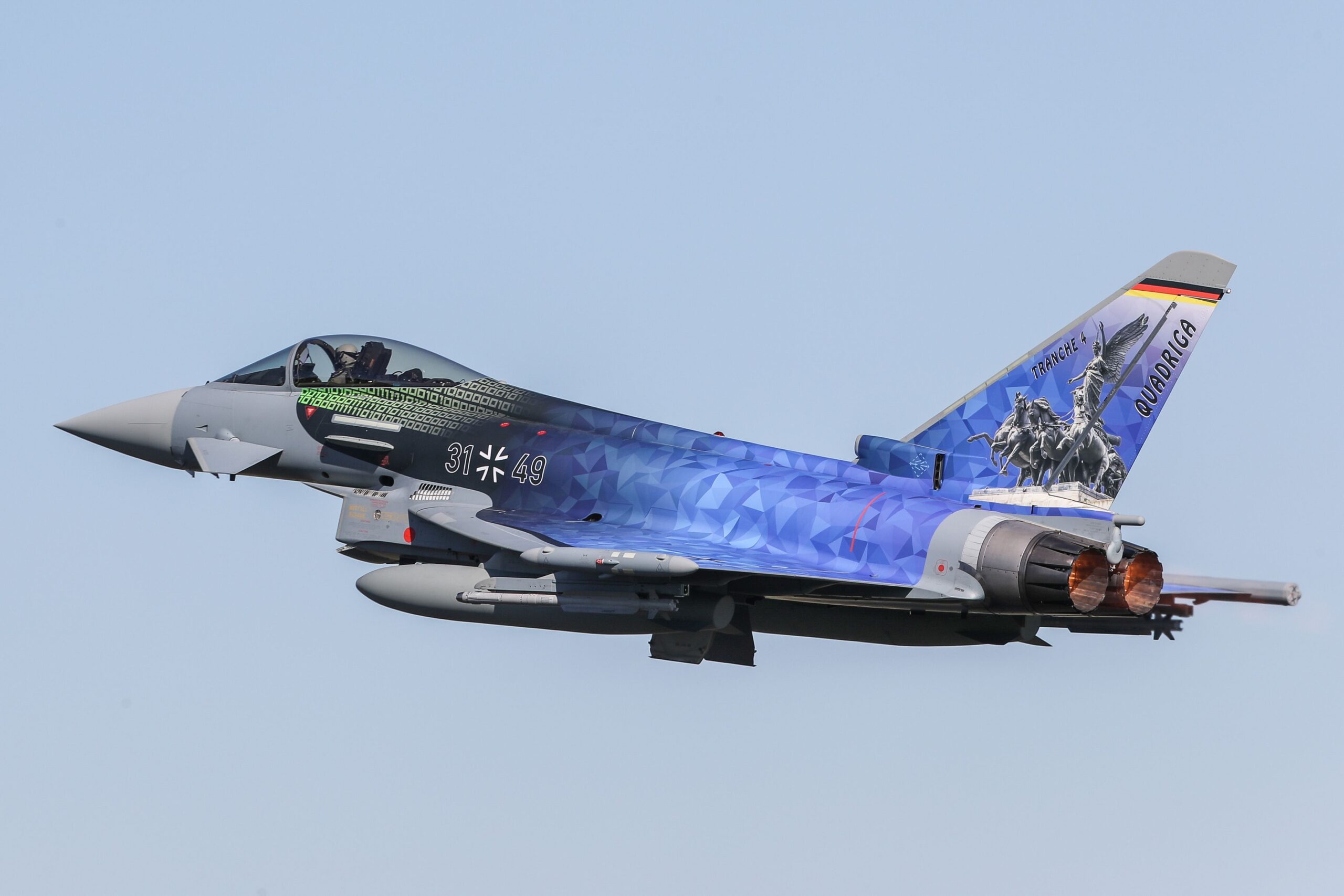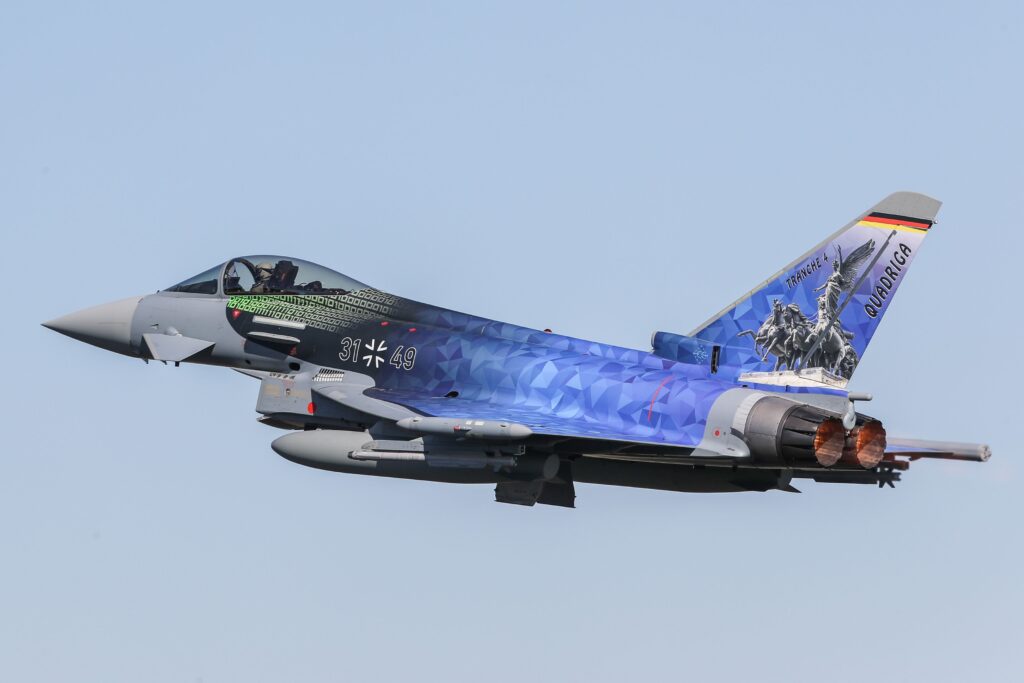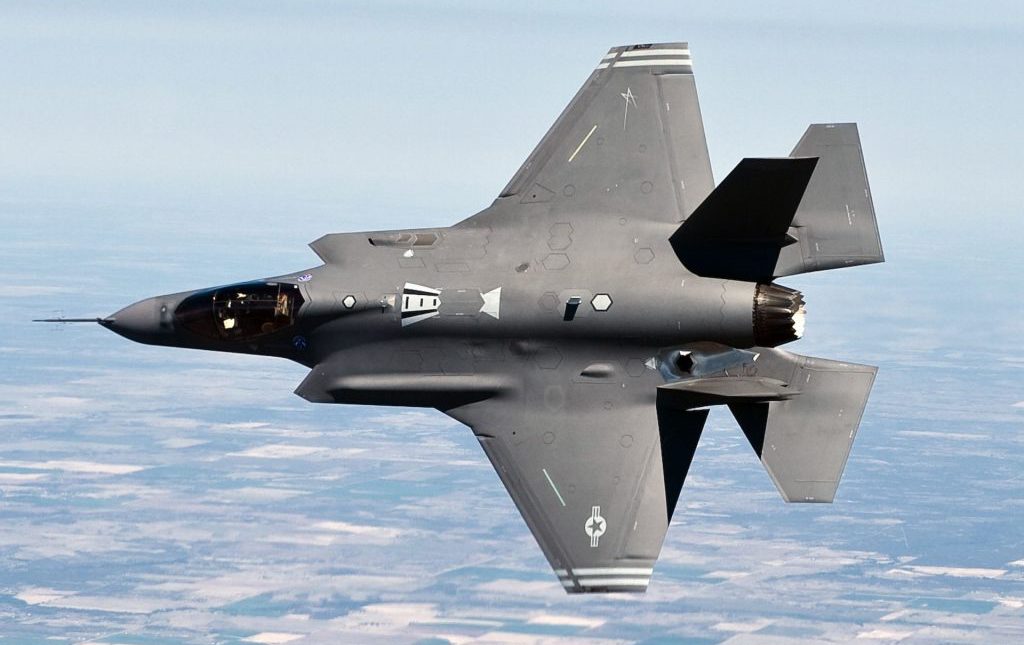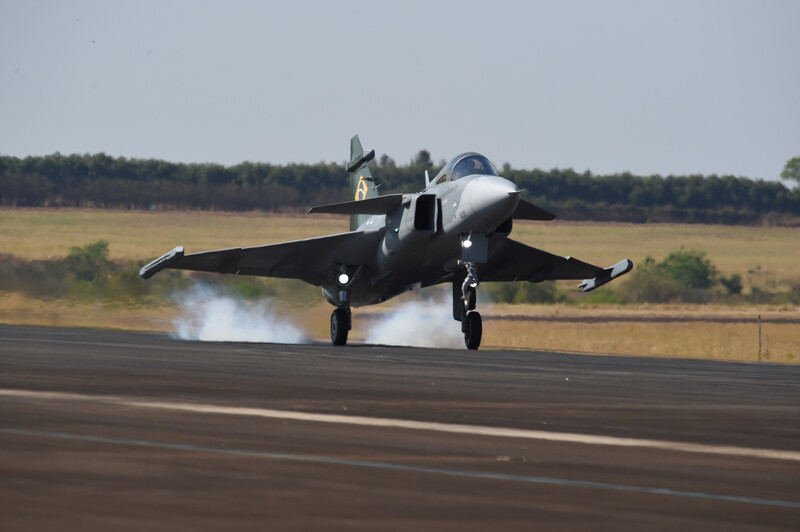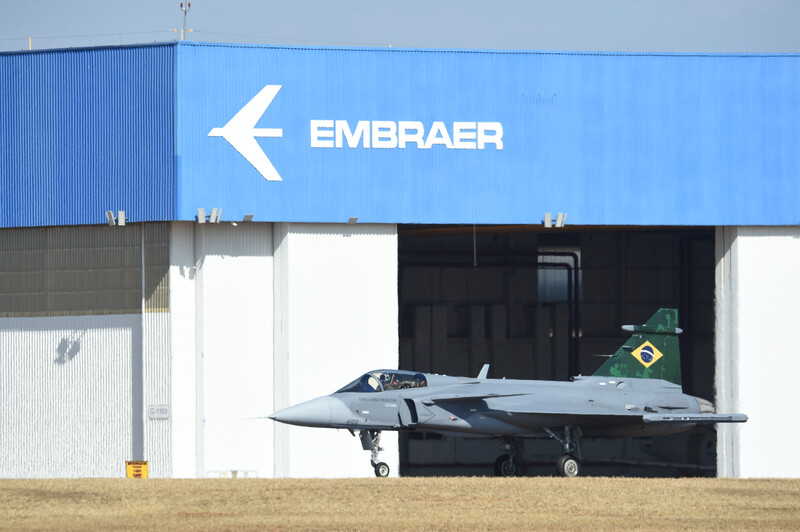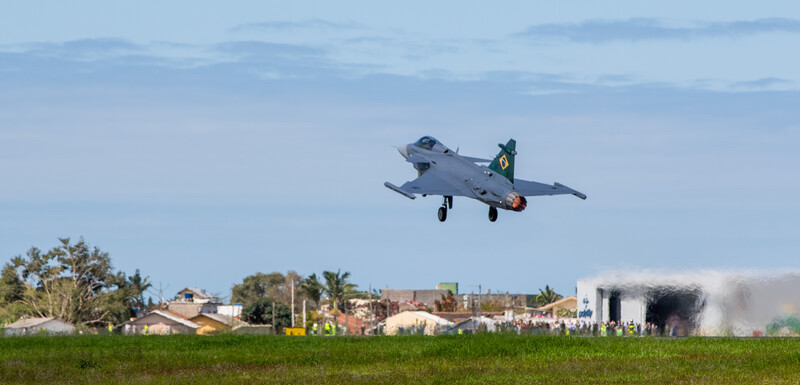Swiss International Air Lines AG, the flag carrier of Switzerland and a subsidiary of the Lufthansa Group (Xetra: LHAG), and SBB is expanding the Air Rail route network and adding Geneva Airport. Swiss passengers traveling via Lausanne, Freiburg or Bern train stations now have the choice between connecting to Zurich Airport or Geneva Airport. You can now book and use the new connection to or from Geneva Airport. For example, you can travel directly and comfortably from New York via Geneva to Lausanne, Freiburg or Bern. In addition, both companies are taking another important step in the technical integration of their system landscapes and will in the future provide Swiss Tickets with an SBB QR code. The aim is to improve boarding pass control and customer service. Since establishing their strategic partnership in October 2019, Swiss International Air Lines (Swiss) and the Swiss Federal Railways SBB have been continuously working to expand their joint service and product portfolio.
Travel comfortably with Swiss Air Rail
With this further step in the expansion of the intermodal offering, the Swiss Air Rail network now includes two airport stations and a total of 11 destinations. These include Geneva (main station), Freiburg, Bern, Interlaken, Lausanne, Lucerne, Lugano, Bellinzona and Basel in Switzerland as well as Munich in Germany and Bregenz in Austria. As with all Swiss Air Rail destinations, customers also benefit from the option of booking the entire trip in one step for connections to/from Geneva Airport. The train ticket is included in the Swiss flight price and can be booked online and at any travel agency. Passengers only need to check in once and receive all boarding passes directly from Swiss.
Click the link below to read the full story!
Swiss and SBB connect Geneva Airport
